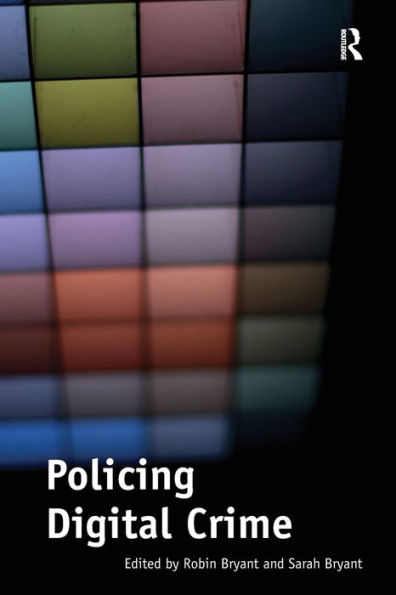Policing Digital Crime
By its very nature digital crime may present a number of specific detection and investigative challenges. The use of steganography to hide child abuse images for example, can pose the kind of technical and legislative problems inconceivable just two decades ago. The volatile nature of much digital evidence can also pose problems, particularly in terms of the actions of the 'first officer on the scene'. There are also concerns over the depth of understanding that 'generic' police investigators may have concerning the possible value (or even existence) of digitally based evidence. Furthermore, although it is perhaps a cliché to claim that digital crime (and cybercrime in particular) respects no national boundaries, it is certainly the case that a significant proportion of investigations are likely to involve multinational cooperation, with all the complexities that follow from this. This groundbreaking volume offers a theoretical perspective on the policing of digital crime in the western world. Using numerous case-study examples to illustrate the theoretical material introduced this volume examine the organisational context for policing digital crime as well as crime prevention and detection. This work is a must-read for all academics, police practitioners and investigators working in the field of digital crime.
1116978410
Policing Digital Crime
By its very nature digital crime may present a number of specific detection and investigative challenges. The use of steganography to hide child abuse images for example, can pose the kind of technical and legislative problems inconceivable just two decades ago. The volatile nature of much digital evidence can also pose problems, particularly in terms of the actions of the 'first officer on the scene'. There are also concerns over the depth of understanding that 'generic' police investigators may have concerning the possible value (or even existence) of digitally based evidence. Furthermore, although it is perhaps a cliché to claim that digital crime (and cybercrime in particular) respects no national boundaries, it is certainly the case that a significant proportion of investigations are likely to involve multinational cooperation, with all the complexities that follow from this. This groundbreaking volume offers a theoretical perspective on the policing of digital crime in the western world. Using numerous case-study examples to illustrate the theoretical material introduced this volume examine the organisational context for policing digital crime as well as crime prevention and detection. This work is a must-read for all academics, police practitioners and investigators working in the field of digital crime.
66.99
In Stock
5
1

Policing Digital Crime
280
Policing Digital Crime
280
66.99
In Stock

Product Details
| ISBN-13: | 9781138257443 |
|---|---|
| Publisher: | Taylor & Francis |
| Publication date: | 11/11/2016 |
| Pages: | 280 |
| Product dimensions: | 6.12(w) x 9.19(h) x (d) |
About the Author
From the B&N Reads Blog
